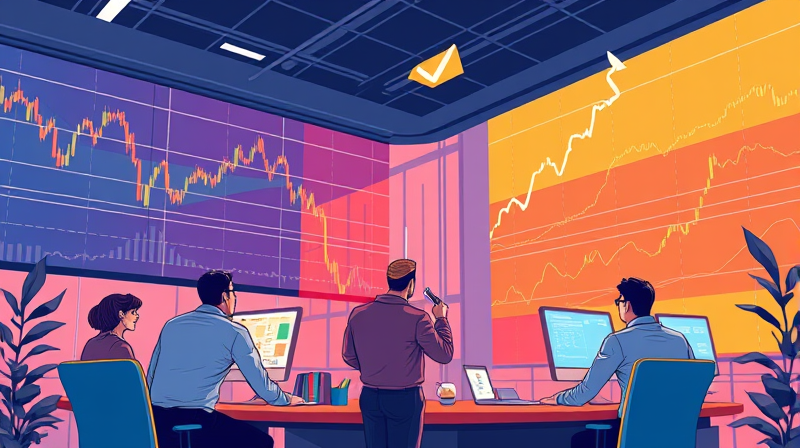
As the world navigates a landscape filled with conflict and political shifts, investors face unprecedented challenges. Understanding the forces at play—and adapting to them—can unlock opportunities in even the most turbulent times.
In 2025, markets entered the year on the back of a solid economic growth and declining inflation. After a period of robust equity gains, the S&P 500 recently slid on news of increased military involvement in the Middle East. While U.S. corporate earnings forecasts of around 15% growth remain optimistic, geopolitical tensions now cast a long shadow over expected performance.
Investors are reexamining positions as the global risk environment intensifies. From rising energy prices to supply chain disruptions, these shifts are challenging assumptions about stability and returns. Those who act decisively can position themselves to thrive.
Several high-profile conflicts and political debates have emerged as primary drivers of market anxiety:
These factors feed into a sense of unease, causing investors to question traditional assumptions and look for new guardrails against volatility.
Hard numbers reveal the toll geopolitical risks take on markets. According to IMF research, stock prices tend to drop by an average of 1% monthly during major conflicts. Emerging markets suffer even more, with declines of up to 5% when international military engagements intensify.
Investor sentiment indexes, such as AAII’s bullish measure at 35.1%, sit below long-term averages. These numbers reflect caution but also point to potential for strategic entry points when confidence rebounds.
Beyond headline indices, real people and businesses adjust their behavior in meaningful ways. Households increase savings and reduce discretionary spending, especially on big-ticket items. Companies delay expansion plans and moderate hiring, anticipating potential disruptions.
In private markets, some investors still see long-term value, betting that less liquid assets can weather storms better than public equities. This split in sentiment underscores the need to balance agility with conviction.
In today’s fraught environment, following proven guidelines can bolster portfolios and peace of mind. Consider these approaches:
Moreover, maintain a long-term horizon and disciplined approach. Regular portfolio reviews and rebalancing ensure that shifts in the geopolitical landscape don’t derail carefully laid plans.
Amid uncertainty, opportunities often arise in emerging themes. Renewable energy, clean technology, and digital infrastructure investments offer growth potential aligned with global policy trends. Institutional players are increasingly prioritizing environmental, social, and governance (ESG) criteria as a way to manage risk and capture structural change.
Cultivating a resilient, diversified, and sustainable portfolios mindset can not only shield assets but also contribute to long-term societal benefit. Seek managers with a track record of navigating past crises and adapting to regulatory shifts.
Investor concerns vary by region. In Europe, fears of escalation in the Middle East dominate, while in Asia-Pacific, U.S.-China tensions take center stage. North American investors weigh domestic political risk heavily amid the presidential and congressional elections.
By understanding local sentiment drivers, investors can tilt allocations toward regions with favorable risk-adjusted returns. Combining global perspective with regional nuance yields an adaptive, informed portfolio strategy.
Geopolitical uncertainty need not spell paralysis. Instead, view it as a catalyst for prudent planning and innovation. Implement scenario analyses to model potential outcomes, stress-test portfolios, and identify vulnerabilities before they manifest.
Embrace technology tools—from real-time data dashboards to AI-driven analytics—to stay ahead of market-moving events. Cultivate a network of expert perspectives to challenge assumptions and broaden understanding.
2025 presents a mosaic of challenges and possibilities. While diverse geopolitical flashpoints demanding attention create headwinds, well-prepared investors can seize moments of dislocation as opportunities.
By combining rigorous analysis, strategic diversification, and an eye toward sustainable themes, you can navigate uncertainty with confidence. Let the current environment sharpen your resolve to build a portfolio that stands resilient in the face of global change—and thrives when calm returns.
References













